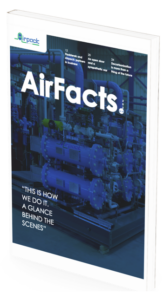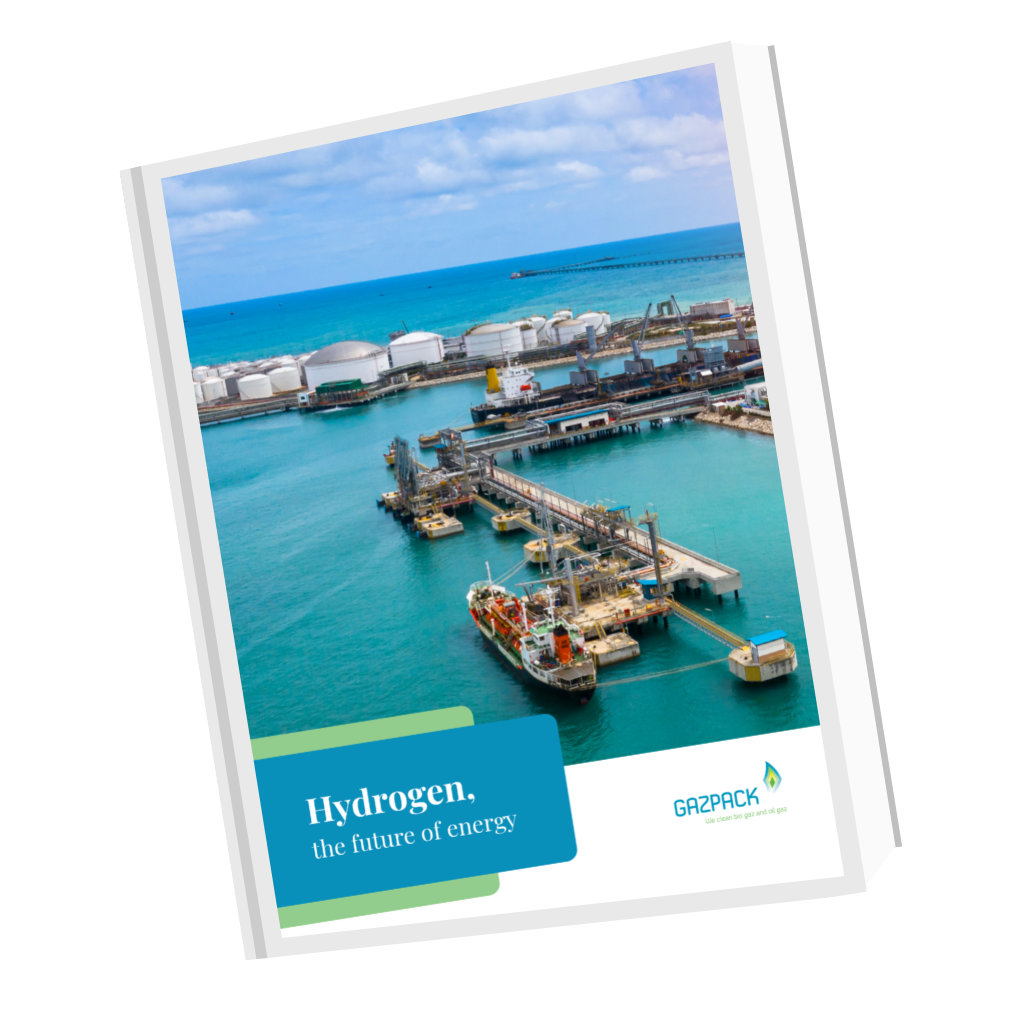Biogas Project (Biogas Company)
Looking to explore the world of biogas processing and handling solutions? Get instant access to our documents about biogas technology.
Wherever people come down on the issue of anthropogenic climate change, most will agree that the combustion of fossil fuels — petroleum, coal and natural gas, r.g. — releases noxious chemicals into the air. Even if their effects on atmospheric stability are marginal, they still pose respiratory health hazards to all who live and breathe. This reason alone should spur research and development of alternative energy supplies. Of course, such studies are ongoing with expansion of the usage of solar and wind power. Whereas these media are dependent on the weather, however, biogas is a consistent and boundless energy source.
What Is Biogas and Where Does It Come From?
An immutable natural law is that biological entities die and — when they die — they decompose. In short, their substance is broken down into constituent compounds and elements. This is done in the presence of oxygen or in its absence. When fallen foliage, animal carcasses, defecation, dead tree limbs, composted grass or food waste by-products get buried, they decompose anaerobically, i.e. where no oxygen is available. Labeled anaerobic digestion, this process allows certain bacteria to operate on the organic matter in a way that concludes with the release of methane (CH4).
Like fossil fuels, methane can be burned for energy. Unlike that from geological combustibles, nonetheless, methane from biogas is carbon neutral, i.e. it does not add new carbon dioxide (CO2) into the atmosphere. Biogas production is hardly a new endeavor for humans. In fact, the combustible nature of gases emanating from marshlands was discovered in 1776. The chemical composition of methane was discerned soon thereafter. One of the earliest large-scale sewage biogas plants was established in Great Britain in 1911. An anaerobic digester built for the processing of solid waste emerged in Algeria in 1938. Thus, the biogas business has deep historical roots.
What Makes Biogas Methane “Carbon Neutral”?
The earth’s crust traps carbon from entering the atmosphere. Only when the crust is penetrated for mining and energy extraction is carbon released, especially when such geological withdrawals are burned in the process of energy production. In this case, CO2 that would otherwise remain ensconced within the earth is added to the CO2 in the atmosphere. By contrast, CO2 from decaying organic matter would be naturally released — either aerobically or anaerobically — during decomposition, whether it is employed as biogas or not. Therefore no additional carbon dioxide is calculated.
How Does a Typical Biogas Project Work?
Biogas production is so diverse in scale and application that identifying a “typical” biogas project is difficult. Variations in size, purpose and substrate — that is, the class of organic material used for digestion — are numerous. A farm might employ anaerobic digestion of livestock manure to self-power and perhaps sell surplus elecricity back to a regional utility. A water treatment facility can likewise digest sewage material for its own electricity. A household can use its own compost and food waste to cook meals and heat a home.
Despite all of the modes used by biogas producers, there are a few common elements among larger biogas plants. To begin with, each possesses a method and means of substrate accumulation and management. This may include pre-treating the matter prior to digestion. The anaerobic digester, of course, is the centerpiece of any facility set up by a biogas company. A tank that admits no oxygen, the digester is where the bacteria break down the substrate in a sequence of chemical reactions that leave CH4 and CO2 rising to the top. Once separated, the biogas is collected and cleansed of any compounds or elements that impair its efficiency. Meanwhile, what is left of the substrate — now called digestate — is collected by another component for later use as fertilizer and/or animal bedding.
Biogas to Electricity
How does a biogas company get into the power business? Converting organically derived methane into electricity serves as an ecologically sound manner in which to power homes, businesses and infrastructure. A fuel cell can transform the chemical energy of biogas, with the help of oxygen, into electricity. Yet this technology remains somewhat cost-prohibitive. Most common is when biogas fuels an electrical generator through combustion when the heat produces the torque that rotates the engine. This mechanical energy stimulates an iron core within a magnet that creates electrical current.
Biogas to Transport Fuel
Making transportation fuel out of organically derived methane is of interest to a biogas startup and the top biogas companies alike. Indeed, “green” fuels are at the center of much research and development. In order for it to be transported and stored efficiently for later use in vehicles, biogas must be compressed. Ahead of this process, biogas is cleansed of its CO2 and contaminants like hydrogen sulfide, each which rob the biogas of energy density. Condensing the gas under pressures as high as 5,000 pounds per square inch makes it easier to save and to transfer from place to place.
In Summary
Biogas is an old, yet newly appreciated, form of renewable energy. Ongoing research reveals novel technologies of drawing, distillation and application, demonstrating a long future for biogas. Electricity creation and vehicular fuel are both beneficiaries of biogas production.




